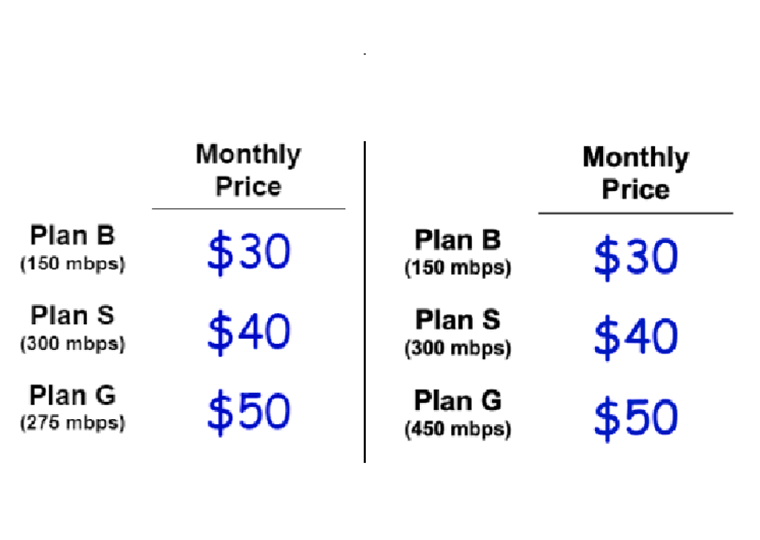But the “persistence gap” in seeking elective office narrows with experience
Americans elected more than 100 women to office in the 2018 midterm elections, but women still hold less than a quarter of the seats in Congress.
Why are women so poorly represented? Theories include: Women are less politically ambitious; there is a lack of support from political parties and donors; voter prejudice and a dearth of information about female politicians influence votes.
UCLA Anderson’s Melanie Wasserman was interested in a less-understood piece of the puzzle: Do women breaking into politics react differently to an electoral loss than men? If so, does this contribute to the low percentage of women who hold office?
Opt In to the Review Monthly Email Update.
Her analysis of 11,466 candidates in closely won local races in California between 1995 and 2014 (including city, county and school district) finds women new to politics were less likely than men to run again within four years of losing a close race. For men, losing an initial election caused a 16-to-19 percentage point decline in the probability of their running in another election within the next four years. Women exhibited an additional 7-to-11-percentage point decrease in the probability of running again, relative to the male candidates.
However, the “gender gap in persistence” did not hold true for female candidates with political experience or those running for offices, such as school board, that already had a large percentage of female officeholders.
“The evidence suggests that men and women are not differentially responding to losing,” Wasserman explained in an interview, pointing to the disappearance of the attrition gap among more seasoned women politicians. “Novice women may be assigned a differential penalty for being inexperienced.”
There were 3,498 (31%) first-time female candidates among the races Wasserman studied. If the drop-outs had instead run again and they had the same chances of winning as the losing candidates who did seek office another time, there would be a 17% increase in successful women candidates, according to her analysis.
Wasserman focused her research on local contests because they are often a springboard to higher office; 40% of California’s legislators had elective experience prior to running for office. And local races are non-partisan and require less money, which lessens the involvement of political parties and reduces the need for fundraising.
The candidate’s occupation and party support didn’t appear to affect the higher drop-out rate for aspiring female politicians. And more seasoned women politicians didn’t seem to be averse to competition since the attrition rate disappeared with experience. Instead, Wasserman suspects, first-time female losing candidates were making a ”rational decision” that their chances of winning were not as good as the men’s were in their decision to not run again.
Since voters have less opportunity to assess women’s performance in office, voters may penalize novice female candidates for this uncertainty, leading aspiring female politicians to believe their chances of winning are lower than their male counterparts, Wasserman explained.
Wasserman’s findings highlight the potential impact of programs aimed at helping female aspirants to political office early in their careers. Those might include initiatives that provide voters with more information about lesser-known female candidates or policies that mandate a higher level of female participation in politics.
The United Nations has identified gender quotas for elected bodies as one of the most effective ways of improving female representation in government. Of the world’s top 20 countries ranked by female representation in the lower house of parliament, 17 have some form of gender quotas in place, according to the Inter-Parliamentary Union and the International Institute for Democracy and Electoral Assistance.
Featured Faculty
-
Melanie Wasserman
Assistant Professor of Economics
About the Research
Wasserman, M. (2018). Gender differences in politician persistence.






